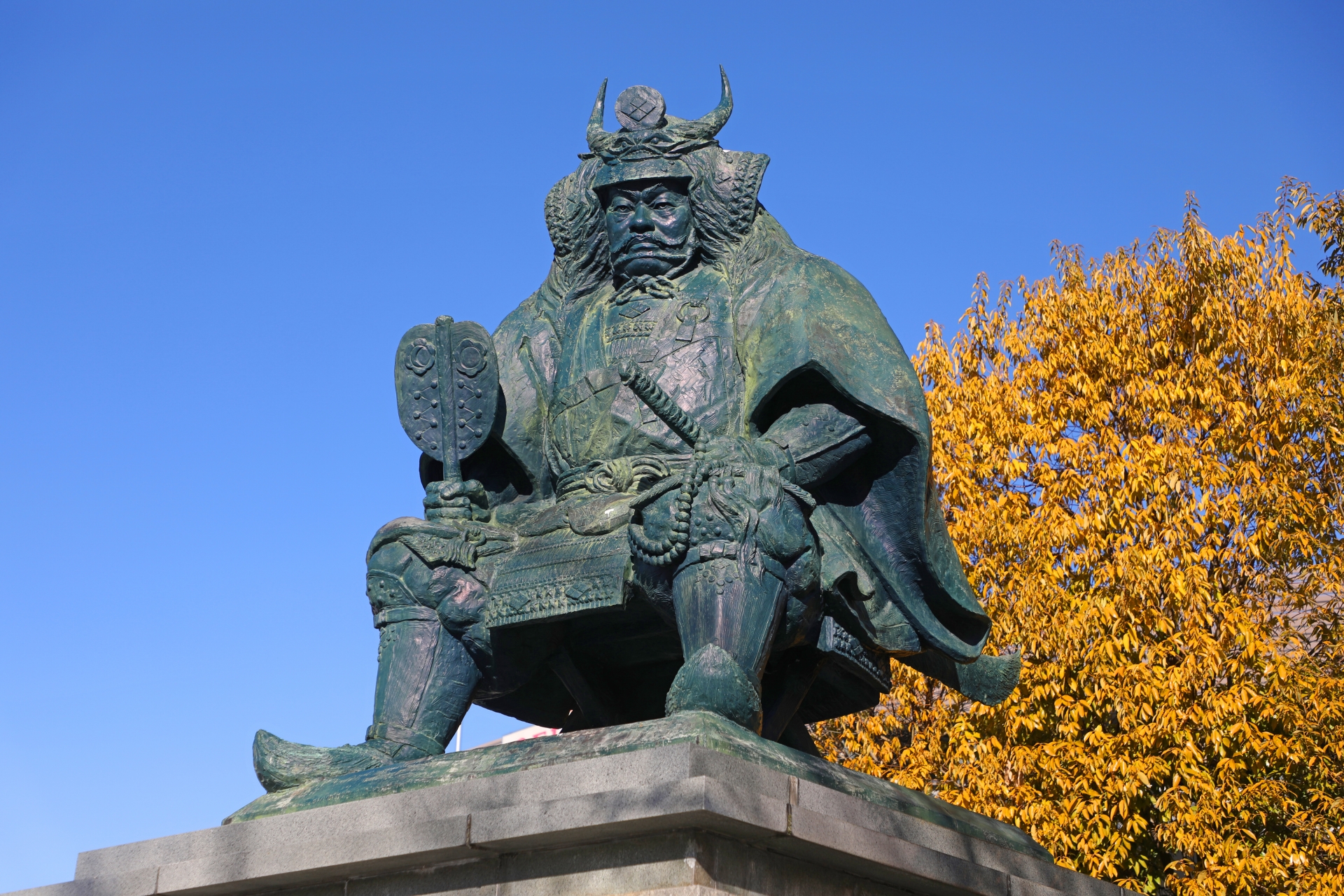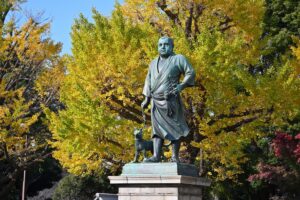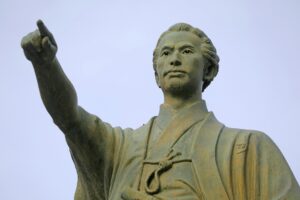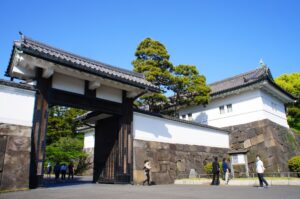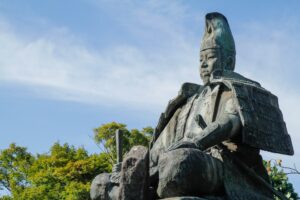Takeda Shingen, often called the “Tiger of Kai,” was a dominant figure during Japan’s Sengoku period. Though feared for his military prowess, he was not invincible. This article investigates who defeated Takeda Shingen, both in battle and in legacy, examining his conflicts with Uesugi Kenshin, Tokugawa Ieyasu, and Oda Nobunaga, and how his death and succession shaped the Takeda clan’s fate.
Who Was Takeda Shingen?
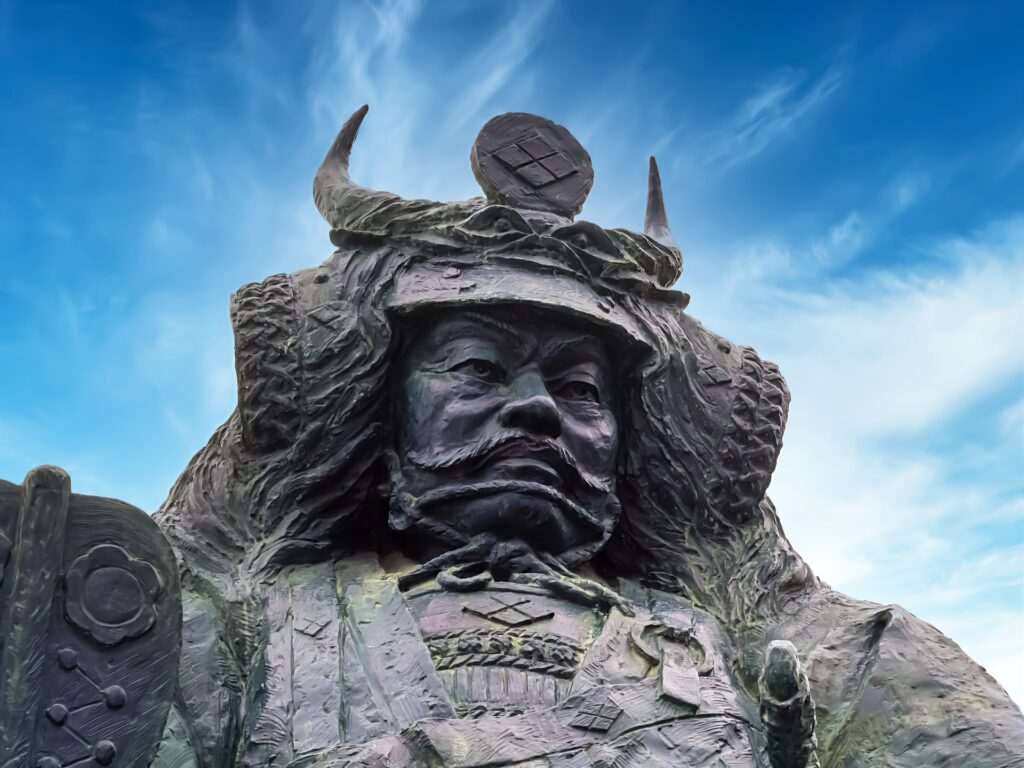
Takeda Shingen, known as the “Tiger of Kai,” was one of the most formidable daimyo during Japan’s Sengoku period, a time of near-constant civil war and shifting alliances in the 15th and 16th centuries. Born in 1521 as Takeda Harunobu, he inherited the leadership of the Takeda clan in the Kai Province (modern-day Yamanashi Prefecture). Shingen quickly consolidated power, implementing reforms to strengthen his military and economic control. He adopted the moniker “Shingen” after becoming a Buddhist monk, a common practice among samurai of the era.
Shingen’s reputation as a brilliant military strategist is rooted in his numerous campaigns and battles. He is most famous for his use of the battle standard “Furinkazan” (Wind, Forest, Fire, Mountain), representing swift, silent, fierce, and immovable tactics. His domain expanded rapidly through effective governance and aggressive military expansion, bringing him into frequent conflict with powerful neighbors such as Uesugi Kenshin and Tokugawa Ieyasu. By the 1560s, he was a dominant force in central Japan and a key figure in the power struggles that defined the Sengoku period. He was an iconic warlord of the 16th century.
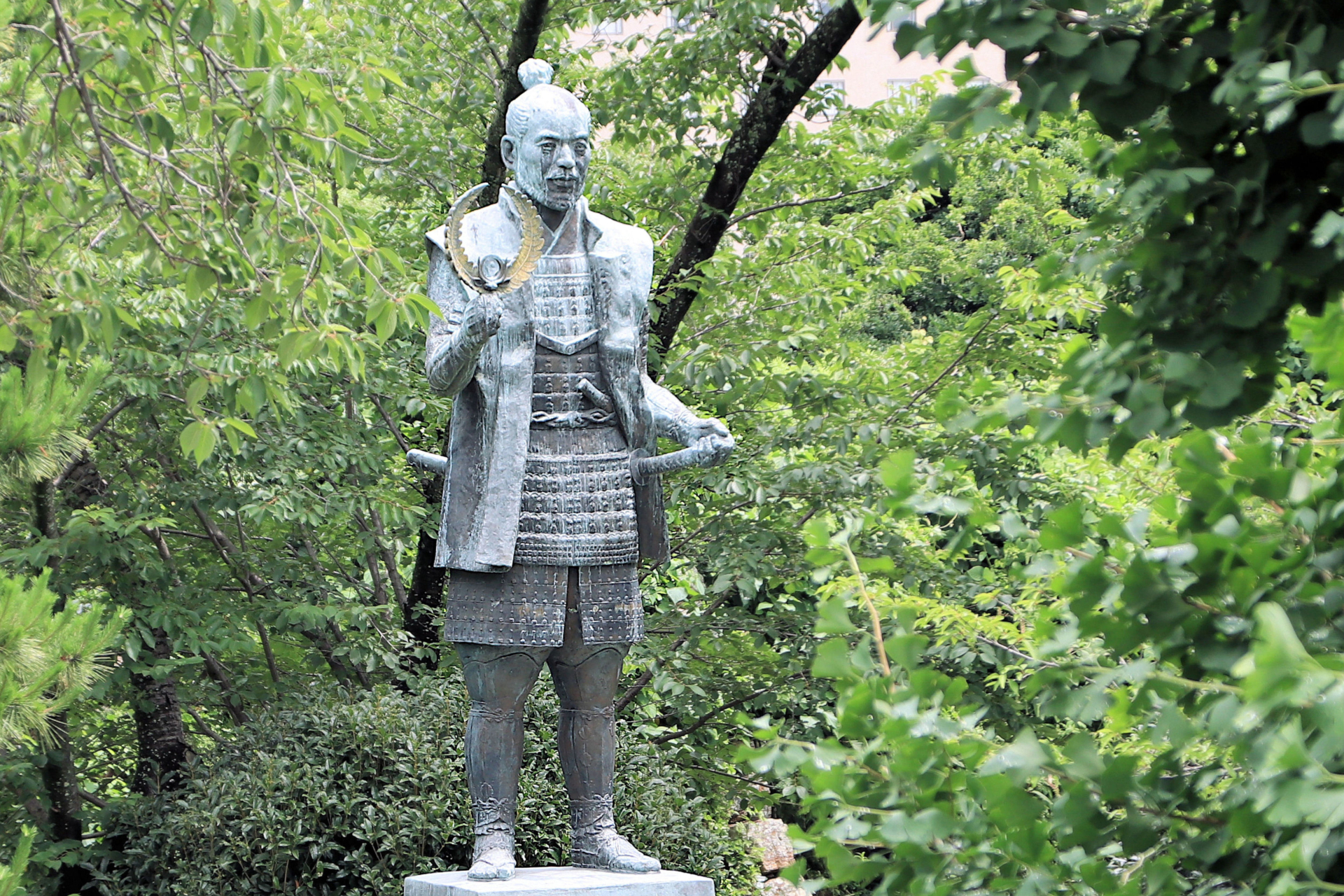
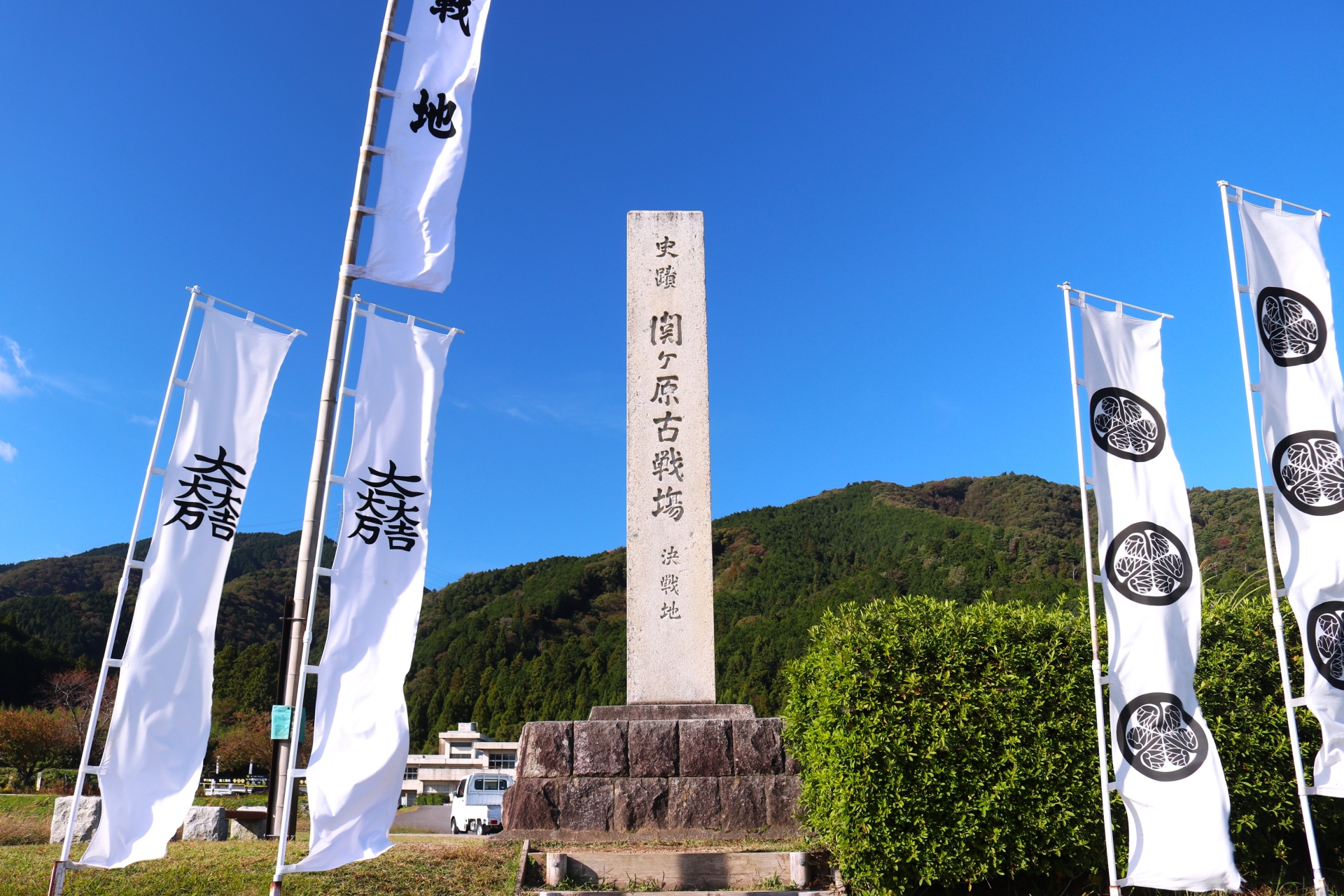
Key Rivals of Takeda Shingen
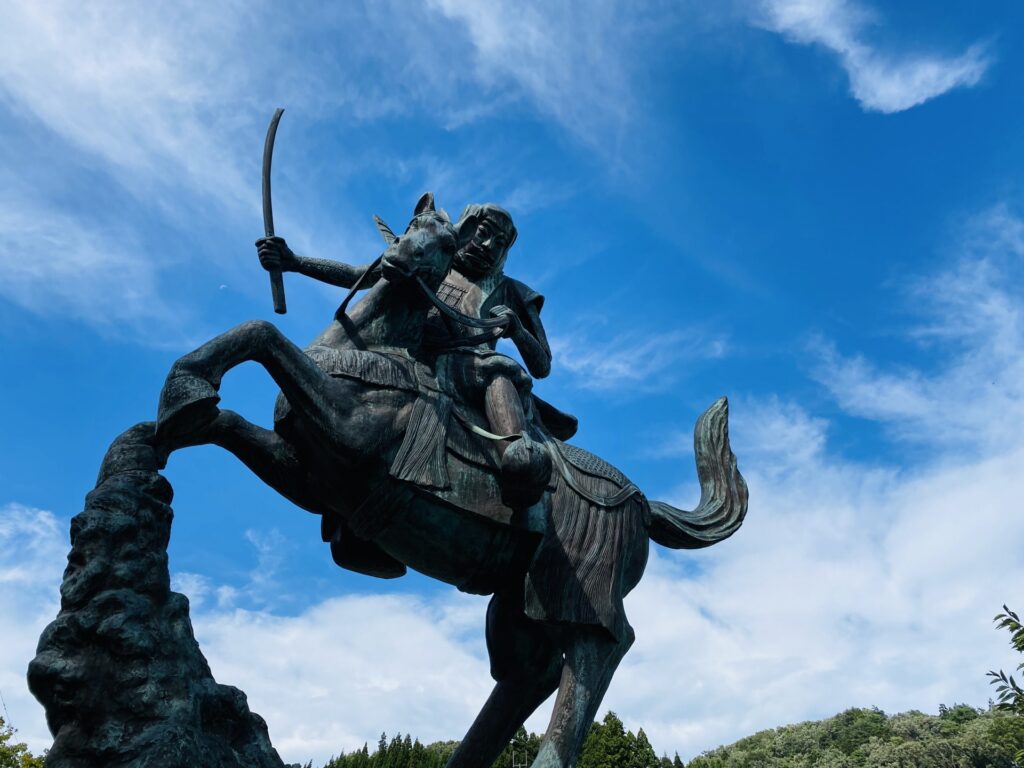
Two of Takeda Shingen’s most notable rivals were Uesugi Kenshin of Echigo Province and Tokugawa Ieyasu of Mikawa Province. His rivalry with Kenshin culminated in a series of five fierce engagements known as the Battles of Kawanakajima (1553–1564). These battles, particularly the fourth in 1561, are legendary for their scale and intensity. Although none of these encounters resulted in a decisive victory, they demonstrated both commanders’ tactical brilliance and deep respect for one another.
In contrast, Shingen’s conflict with Tokugawa Ieyasu reached its peak during the Battle of Mikatagahara in 1572. Shingen launched a successful offensive into Tokugawa territory, defeating Ieyasu’s forces in a decisive tactical victory. However, despite the win, Shingen did not capitalize on his advantage fully due to strategic caution and, later, his untimely illness. These rivalries, while intense, did not result in Shingen’s defeat but helped shape his legend as an almost invincible general.
Did Anyone Truly Defeat Takeda Shingen?
In the literal sense, no one defeated Takeda Shingen in direct battle during his lifetime. While he experienced setbacks, such as the loss at the Battle of Uedahara in 1548 to Murakami Yoshikiyo, he quickly recovered and reasserted dominance. The idea that Shingen was undefeated is largely accurate, though not absolute. For instance, the Battles of Kawanakajima and Uedahara were either inconclusive or minor tactical losses, but not strategically significant defeats.
One common misconception is that Tokugawa Ieyasu defeated Shingen, particularly at the Battle of Mikatagahara. In fact, the opposite is true—Shingen’s forces crushed Ieyasu’s army. The confusion likely arises from the eventual rise of Ieyasu as shogun decades later, which casts a retrospective shadow over earlier conflicts. Shingen’s real downfall came not from a battlefield opponent but from illness and the strategic challenges following his death.
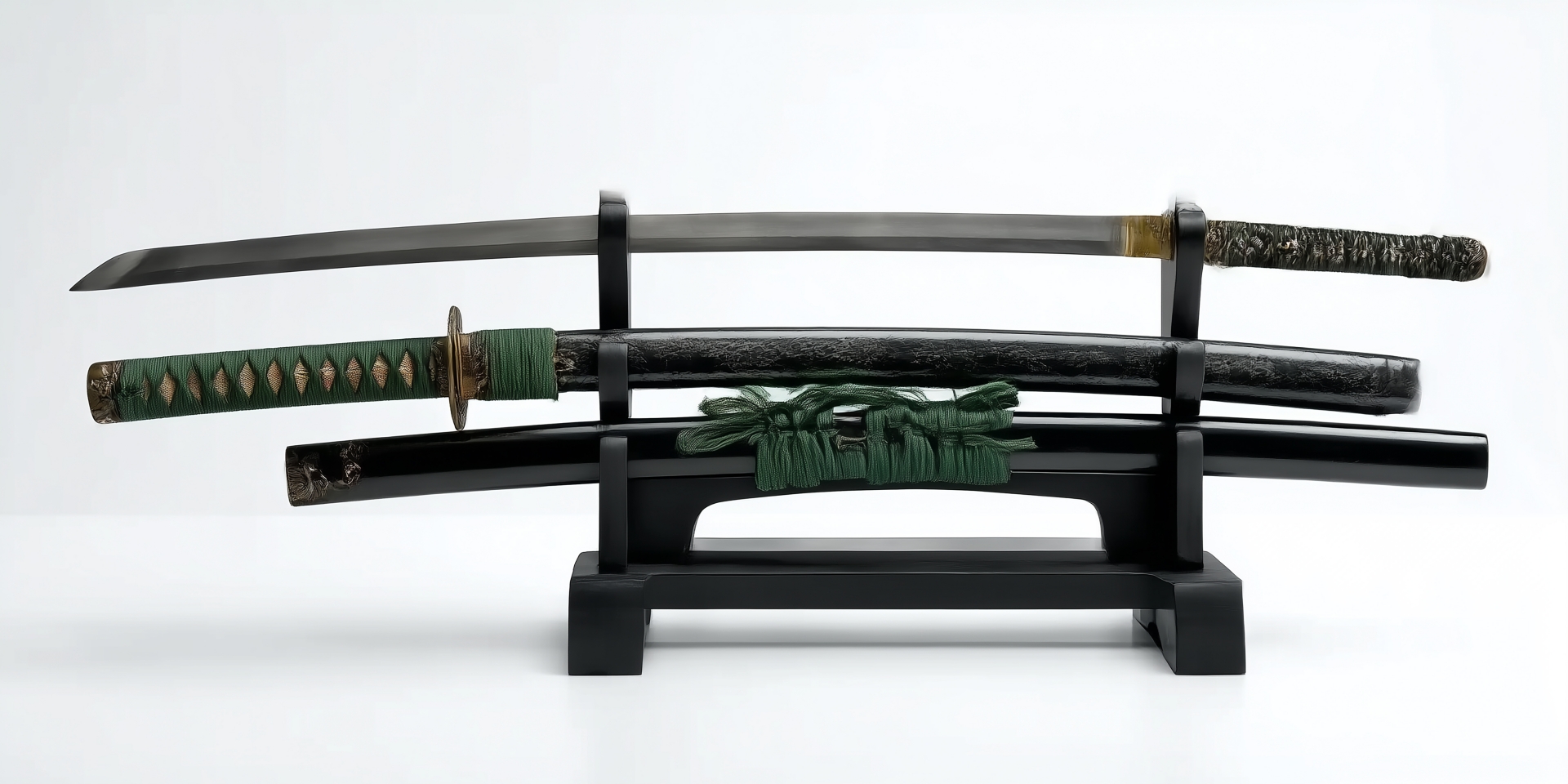
How Did Takeda Shingen Die?
Takeda Shingen died in 1573, not on the battlefield, but from illness—believed to be either pneumonia, tuberculosis, stomach cancer, or liver disease—during a campaign against Tokugawa Ieyasu. He was returning from the front when he succumbed to his condition. His death was kept secret for several months to prevent enemies from taking advantage of the situation.
Some legends and dramatizations have portrayed Shingen as dying from a sniper’s bullet or during the Battle of Mikatagahara, but historical records confirm that he died later while retreating to Kai Province. His death marked a turning point for the Takeda clan, as it removed one of the era’s most capable and respected leaders at a critical time.
The Fall of the Takeda Clan After Shingen
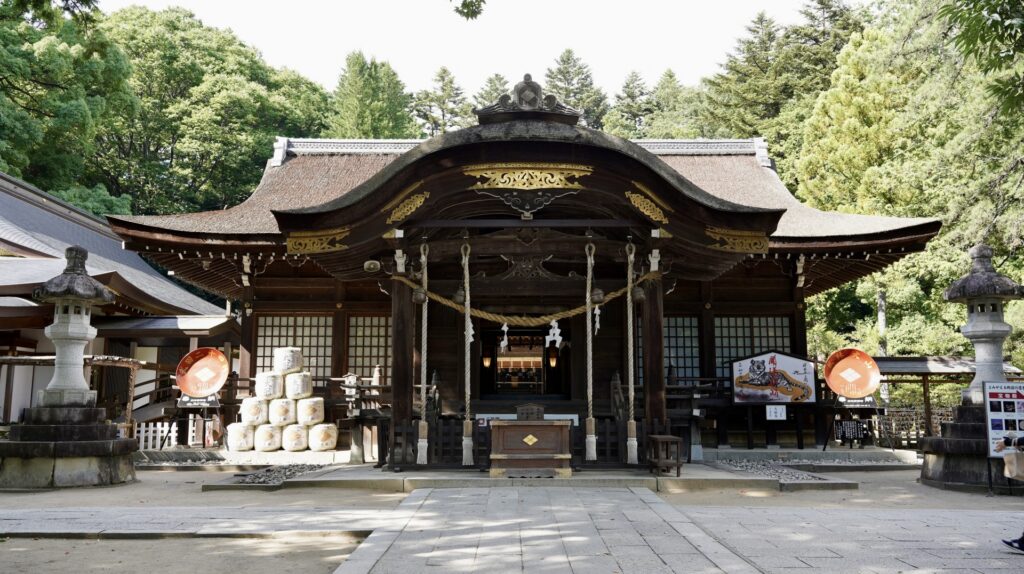
Following Shingen’s death, leadership passed to his son, Takeda Katsuyori. Though Katsuyori initially showed promise, he lacked his father’s strategic depth and struggled to maintain control over the clan’s powerful retainers. The Takeda clan’s most significant defeat came at the Battle of Nagashino in 1575, where a combined Oda-Tokugawa force decimated the Takeda cavalry using organized arquebus fire and wooden palisades. This battle marked the beginning of the end for the Takeda clan.
Internal dissent, loss of key allies, and poor strategic decisions accelerated the decline. By 1582, the Takeda clan was destroyed in a final campaign by Oda Nobunaga and Tokugawa Ieyasu. The fall of the Takeda clan underscores how vital Shingen’s leadership had been and how fragile the clan’s structure was without him.
Timeline: The Final Years of the Takeda Clan
| Year | Event |
| 1572 | Battle of Mikatagahara – Takeda victory over Tokugawa Ieyasu |
| 1573 | Takeda Shingen dies of illness |
| 1575 | Battle of Nagashino – Takeda forces suffer major defeat |
| 1581 | Internal rebellion and loss of territory |
| 1582 | Oda-Tokugawa coalition destroys the Takeda clan |
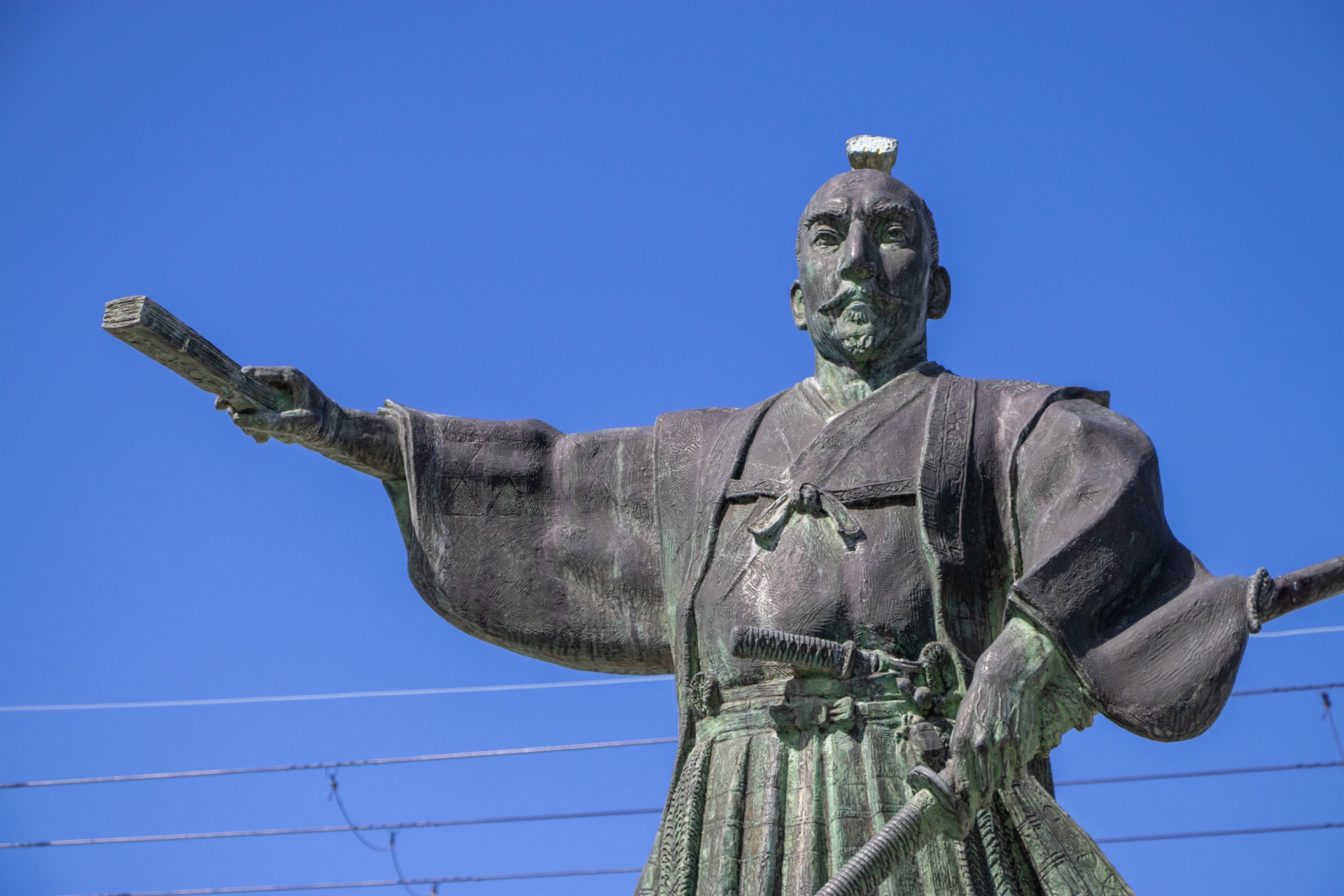
Legacy of Takeda Shingen
Takeda Shingen remains one of Japan’s most celebrated warlords. His military strategies and governance reforms influenced generations of leaders. His iconic “Furinkazan” banner became a symbol of strategic doctrine. Shingen is also remembered for his progressive land policies, tax reforms, and efforts to stabilize and enrich his domain.
In modern culture, Shingen features prominently in literature, TV dramas, anime, and games, often portrayed as a noble and nearly invincible figure. His rivalry with Uesugi Kenshin, in particular, is romanticized as the epitome of samurai valor and strategy.
Major Battles Fought by Takeda Shingen
| Battle | Year | Opponent | Outcome |
| Battle of Uedahara | 1548 | Murakami Yoshikiyo | Defeat |
| First Battle of Kawanakajima | 1553 | Uesugi Kenshin | Inconclusive |
| Fourth Battle of Kawanakajima | 1561 | Uesugi Kenshin | Inconclusive |
| Battle of Mikatagahara | 1572 | Tokugawa Ieyasu | Victory |
What Made Takeda Shingen Great?
Several qualities set Takeda Shingen apart. His military genius was evident in both offensive and defensive tactics, and he was adept at terrain-based strategies. The “Furinkazan” doctrine embodied his approach: adaptable, decisive, and resilient. Shingen was also a capable administrator who enacted land surveys, streamlined tax systems, and promoted agricultural productivity.
Moreover, his leadership style fostered deep loyalty among his retainers. Unlike many contemporaries, Shingen valued governance as much as warfare, leaving a legacy of balanced rule. His blend of military excellence and civil governance made him one of the most respected daimyo of his era.
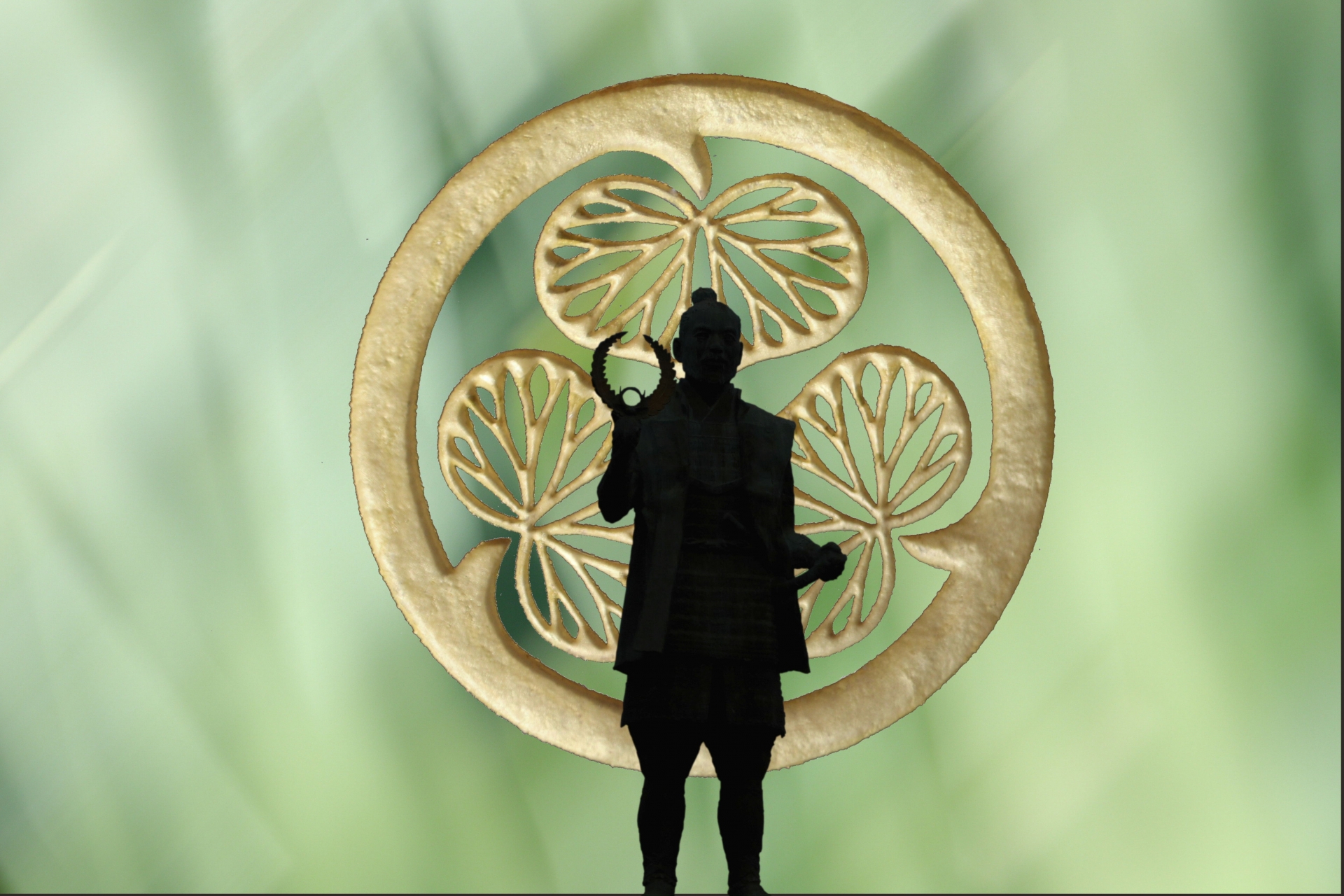
Battles Where Takeda Shingen Was Defeated
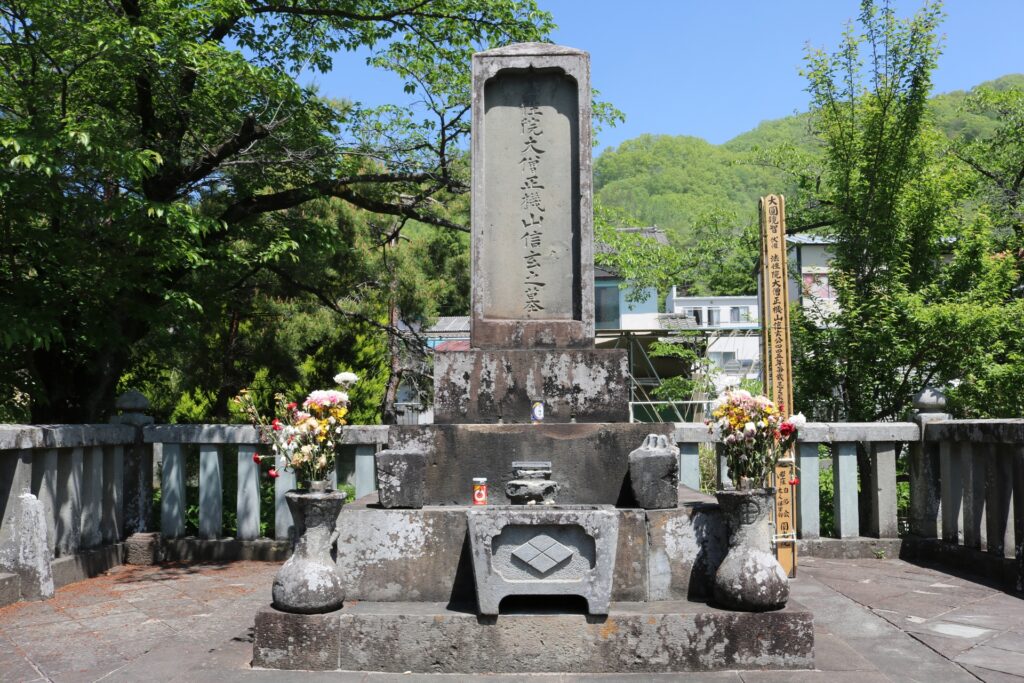
Although Shingen is often portrayed as undefeated, he did suffer setbacks. The most notable was the Battle of Uedahara in 1548, where he lost to Murakami Yoshikiyo. This rare defeat served as a learning experience that shaped his future tactics.
The Battles of Kawanakajima, especially the fourth, are often debated. While tactically inconclusive, they were strategically draining and failed to yield clear gains for either side. The Battle of Mikatagahara, often misinterpreted as a loss, was in fact a victory for Shingen, although not strategically decisive.
Common Misconceptions About Takeda Shingen’s Defeats
One persistent myth is that Tokugawa Ieyasu defeated Takeda Shingen. In truth, the Battle of Mikatagahara was a clear victory for Shingen. Another misconception is that Shingen died in battle; he actually succumbed to illness. These myths persist due to the later prominence of Ieyasu and dramatized retellings.
The Legend of Salt: Uesugi Kenshin Sends Salt to Takeda Shingen
One of the most enduring stories about Shingen involves his rival Uesugi Kenshin sending him salt during a time of embargo. When Shingen’s enemies cut off his clan’s salt supply, Kenshin reportedly said, “I do not fight with salt, but with the sword,” and sent shipments of the vital resource.
Though the historical accuracy of this tale is debated, it symbolizes the code of honor among samurai and the mutual respect between Kenshin and Shingen. This legend has contributed to the lasting image of both men as honorable warriors, elevating their rivalry to a near-mythical level.
Comparing Shingen and Kenshin: Who Was Superior?
The question of whether Takeda Shingen or Uesugi Kenshin was superior remains unresolved. Both were tactical geniuses and respected leaders. Kenshin excelled in aggressive maneuvers and had a stronghold in Echigo, while Shingen demonstrated comprehensive strategic planning and internal governance.
Their battles at Kawanakajima were indecisive, highlighting their equal skill. The comparison often comes down to personal preference: Kenshin as the god of war, and Shingen as the master strategist.
Conclusion: Who Truly Defeated Takeda Shingen?
Takeda Shingen was not defeated by any single enemy on the battlefield. His downfall came through illness, the premature succession of his son, and shifting alliances in a chaotic period. While rivals like Uesugi Kenshin and Tokugawa Ieyasu challenged him, they never bested him decisively.
In the end, Shingen’s greatest enemy was time itself. Yet his legacy endures as a symbol of samurai excellence—respected by allies and enemies alike, and remembered as one of the most brilliant warlords of Japan’s feudal age.

